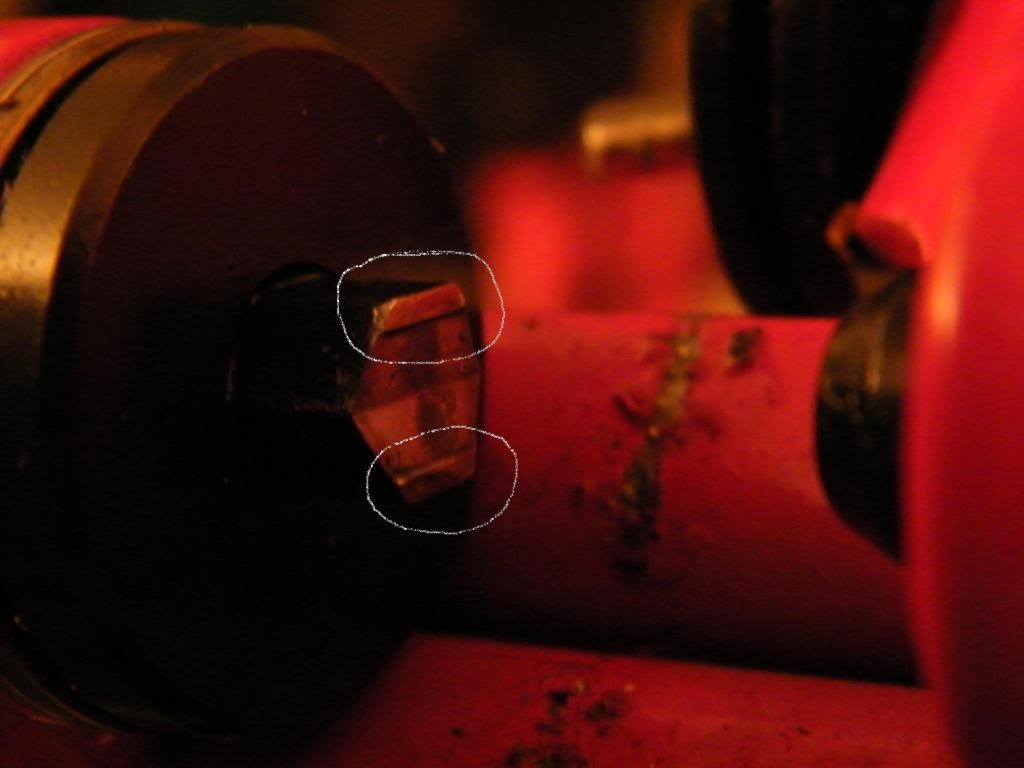Howdy All,
If your having issues with the the link binding before the rivet is set, 90+% of the time it's because the drive link was damaged when breaking the chain. The smaller the chain, the easier it is to bend or burr the drive link. The smaller the chain the easier it breaks, so the tendency is to push the rivet out with 1 stroke. No matter what size the chain is, it's better to break it in a couple steps. Push the first rivet about 1/2 way out, and then do the same on the second rivet, then push the first rivet the rest of the way out, and then the same for the second. The more the breaker anvil gets worn the easier it is to damage the drive link. The burrs are the worse because even if you have a good eye, they're very hard to see. The center shoulders on the rivets are very accurate in thickness, so even very small burrs can cause the link to bind before the rivet is completely set. It also doesn't take much of a bend to end up in the same boat.
The little wings on the spinner anvil help keep the tie straps pushed in while the rivet gets spun. When the rivet is spun sufficiently, the wings will actually bind on the tie strap and start trying to spin the chain instead of just the rivet. If the tie strap binds on the rivet while your spinning, it's because your applying more pressure than the spinning action can relieve. This causes the rivet to crush and swell before the tie strap has seated against the center rivet shoulder. This happens alot with someone who cranks the take up handle a half turn, then spins, then cranks another half turn, and spins some more. The idea is to keep the spinner anvil moving as pressure is applied by the take up handle. Another visual that you might be applying pressure to quickly is that rivet will have little cracks on the radial edge of mushroomed part of the rivet.
Regards
Gregg



















